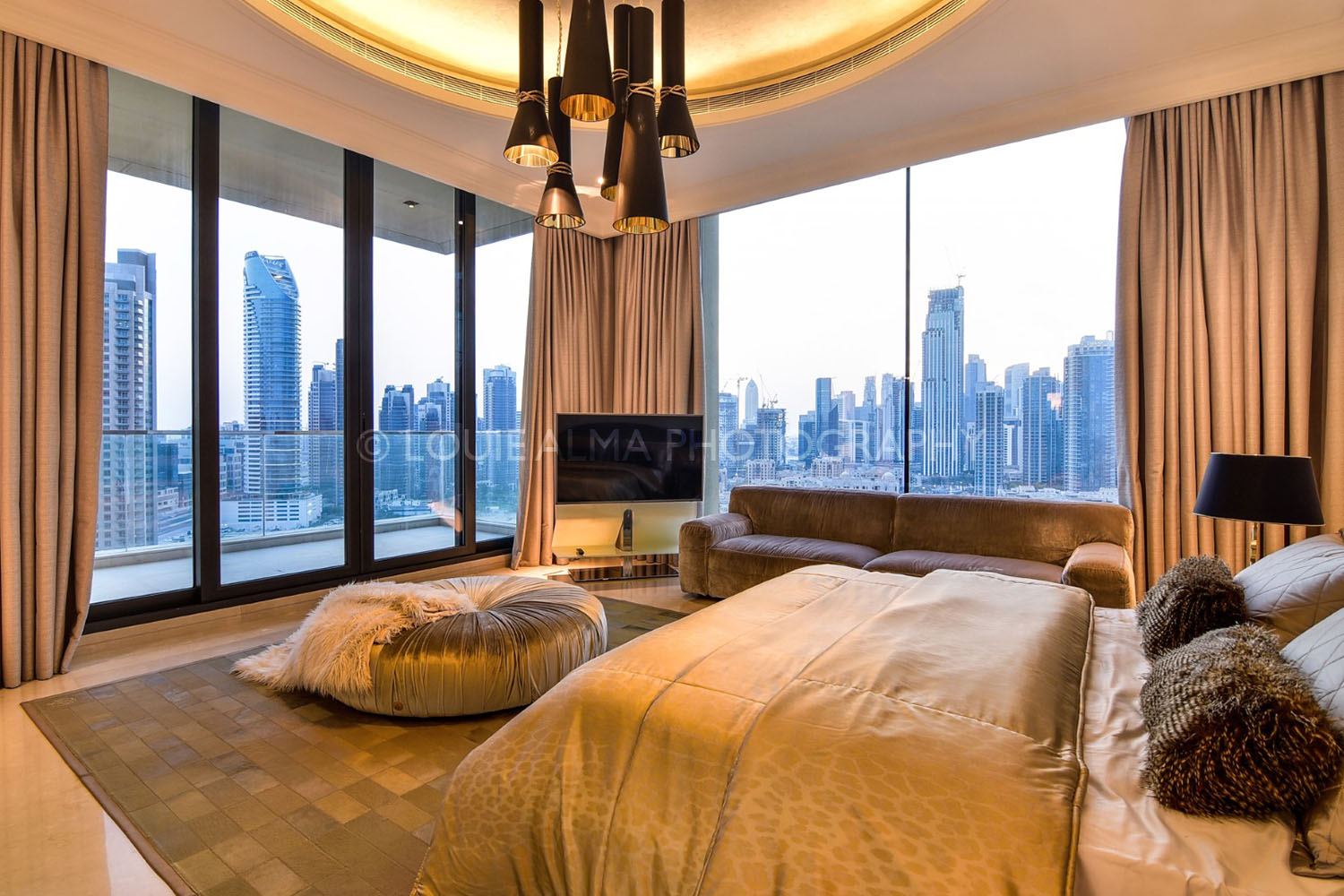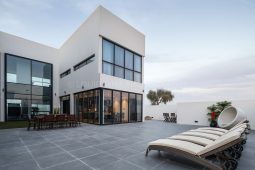San Antonio: The Coolest Destination Kicks Off Summer with First-Ever River Celebration
As the summer rolls in, there’s no better time to plan a getaway to the vibrant city of San Antonio. With its unbeatable combination of attractions, events, and refreshing escapes, San Antonio promises an unforgettable summer getaway for visitors of all ages. A Pool Float Parade the morning of May 30th at the iconic San Antonio River Walk officially kicked off the summer season and invites travelers to dive into fun in the city – just not into the River Walk itself as that is not allowed!


















